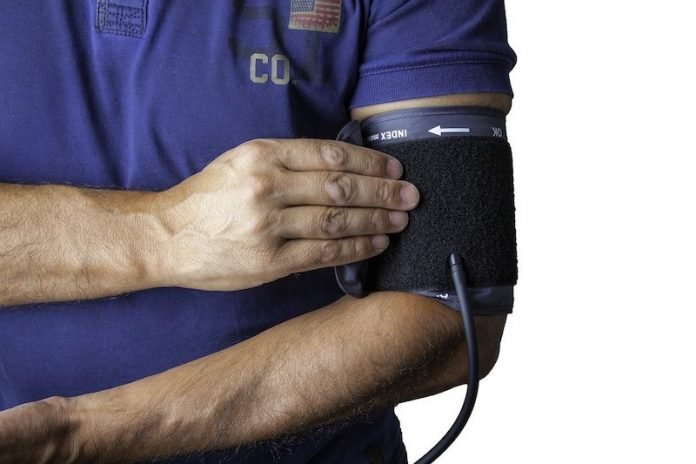
In a new study, researchers found that women have a lower “normal” blood pressure range compared to men.
The finding suggests that a one-size-fits-all approach to considering blood pressure may be detrimental to a woman’s health.
The research was conducted by a team at Cedars-Sinai.
The first number in a blood pressure reading is called the systolic pressure and measures the force of the blood against the artery walls as your heartbeats.
The second number is the diastolic pressure, the blood pressure against the artery walls between heartbeats.
For years, 120 mmHg has been considered the normal upper limit for systolic blood pressure in adults.
Persistent elevations above this limit amount to hypertension–which is well known as the key risk factor for common cardiovascular diseases, such as heart attack, heart failure, and stroke.
Currently, established blood pressure guidelines state that women and men have the same normal healthy range of blood pressure.
But the new research shows there are differences in normal blood pressure between the sexes.
In the study, the team examined blood pressure measurements conducted across four community-based cohort studies, comprising more than 27,000 participants, 54% of whom were women.
In doing so, the research team identified that while 120 mmHg was the threshold of risk in men, 110 mmHg or lower was the threshold of risk in women.
Systolic blood pressure levels that were higher than these thresholds were associated with risk for developing any type of heart disease, including heart attack, heart failure and strokes.
The team also found that women had a lower blood pressure threshold than men for risk of each specific heart disease type, including heart attack, heart failure, and stroke.
These findings build on past research that confirmed that women have different biology and physiology than men and also explained why women may be more susceptible to developing certain types of cardiovascular disease and at different points in life.
As a next step, researchers plan to study whether women should be treated for hypertension when their systolic blood pressure is higher than 110, but still lower than the systolic measurement of 120 for men.
One author of the study is Susan Cheng, MD, MPH, MMSc, an associate professor of Cardiology.
The study is published in Circulation.
Copyright © 2021 Knowridge Science Report. All rights reserved.



